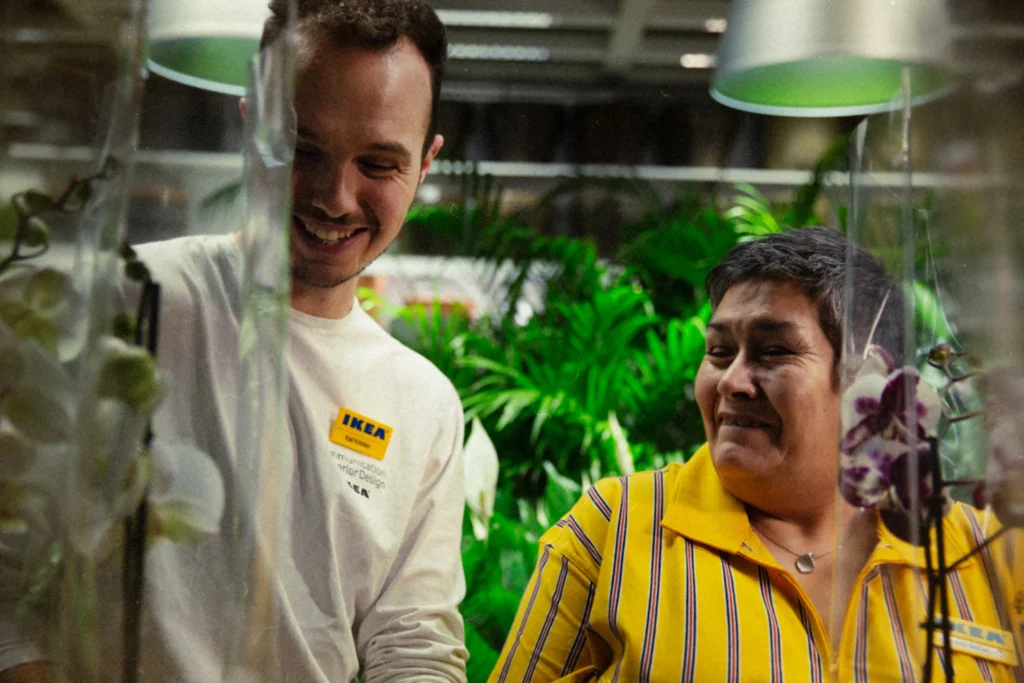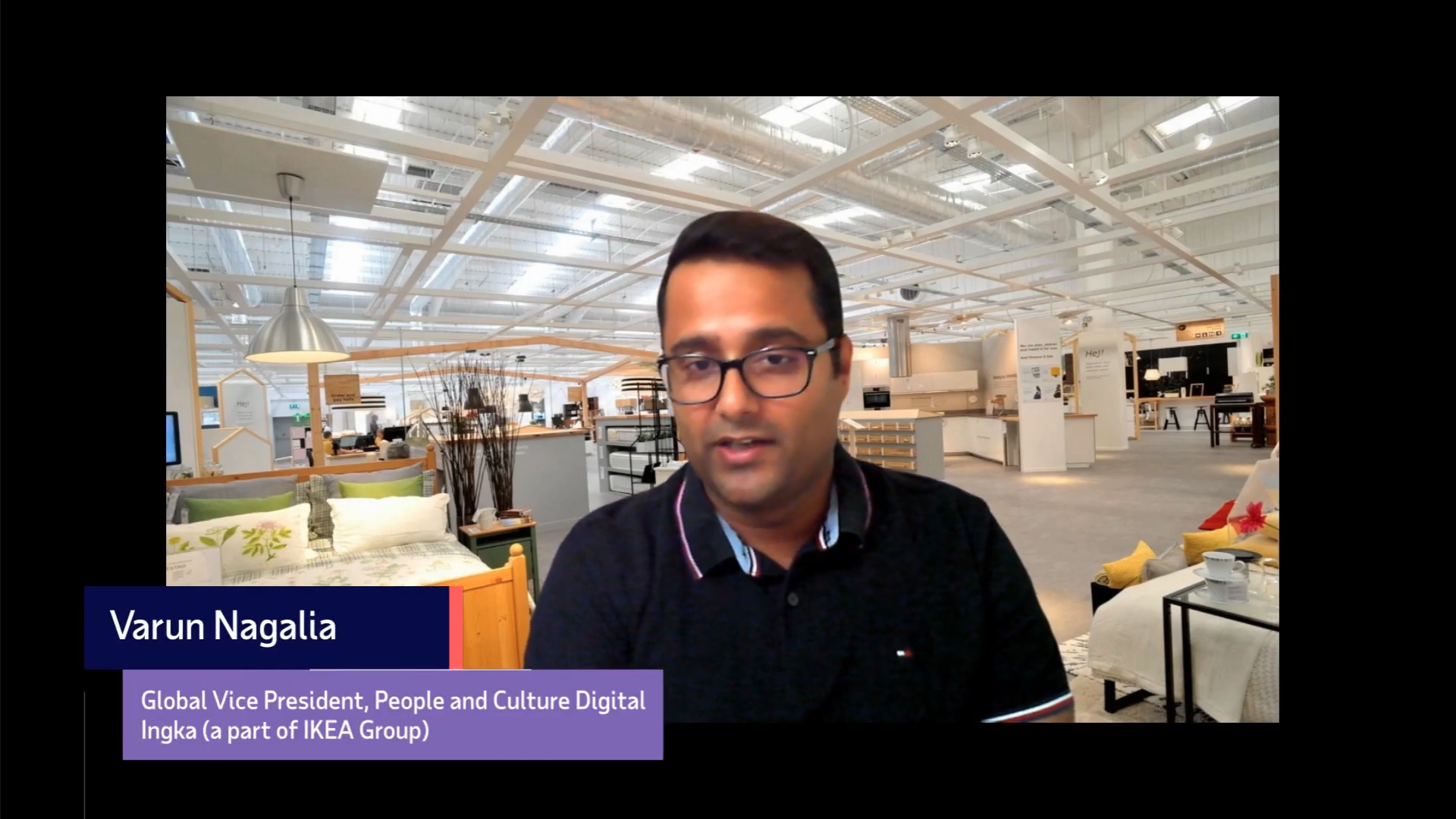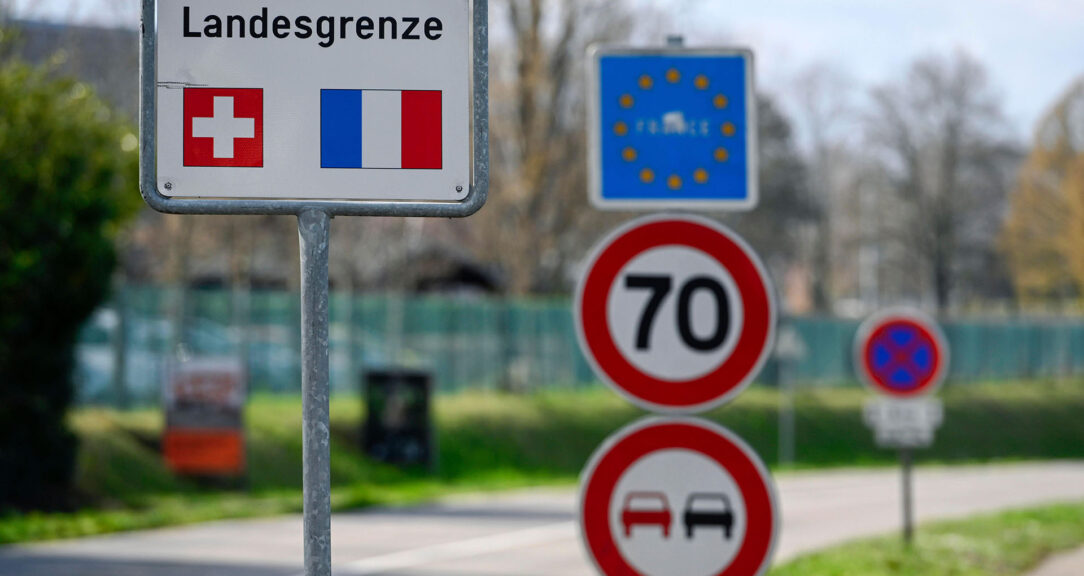Varun Nagalia knows that when most people hear the company name IKEA, they recognize it immediately, with BILLY bookshelves, large blue shopping bags and Swedish meatballs coming to mind. But Nagalia almost always manages to offer some surprising new facts about the company. For example, most people aren’t aware that IKEA is actually owned by a charitable foundation. Its parent company, the Stichting INGKA Foundation, is one of the largest charitable foundations in the world and works closely with the U.N. High Commissioner for Refugees.
Finding something new within the familiar is a good way to describe INGKA’s payroll transformation journey. Its flagship company IKEA is the world’s largest furniture retailer, present on all continents except Antarctica. For decades, it had relied mainly on its large blue-box stores to attract customers and introduce them to new products. But when the pandemic hit, skyrocketing demand for online shopping and home deliveries meant that the company had to be agile and pivot to support e-commerce. The shift underscored the need to modernize the company’s foundations while keeping payroll across 34 markets in sync.
Because of INGKA’s vast global presence, a transformation project of this scale could easily become overwhelming. So Nagalia, INGKA’s Vice President of Digital Workplace & HR Technologies, approached the project similarly to the way the company’s customers approach building IKEA’s MALM bed: One board, one screw and one joint at a time. Below, Nagalia details this well-structured strategy, which allowed project leaders to build up new, modern HR processes and systems foundations in manageable stages.
ADP ReThink Quarterly: IKEA is a household name, but many people don’t know that it actually belongs to a charitable foundation. What’s another surprising fact about IKEA?
Many people who shop at IKEA end up in the store’s cafeteria to eat some meatballs or enjoy a hotdog. Those cafeterias actually put us in the top 10 of the largest restaurant chains in the world.
ADPRQ: What kicked off the need to undergo a payroll transformation at INGKA?
For decades, the IKEA business model has relied on brick-and-mortar stores. People come in, walk through the showrooms and select what they want, and then pick up the flat-packed items in the warehouse, load up their cars and drive home.
But the pandemic changed all of that. We had already begun focusing on digitalizing some of our operations, but suddenly everything was shifting online — fast. We realized we needed to move out of our comfort zone and set up an infrastructure that would allow customers to get that trademark IKEA experience right in their own homes. We had begun exploring e-commerce options and city stores as alternatives to our big blue-box stores, but the pandemic accelerated everything. Now more than ever, it was about bringing IKEA to the customer.
Expanding our online offerings and allowing customers to purchase items online and have them delivered meant we needed to reimagine fulfillment, delivery, stock and customer service operations. It was a whole new service muscle that we needed to develop and train. And all of this had to happen while ensuring that we could maintain diverse pay schedules across various regions.
ADPRQ: What were some of the concerns you had when embarking on this digital transformation, which included your entire HR information system?
One of the questions we often heard while kick-starting this transformation was, “How will this affect payroll?”
We have over 177,000 employees across INGKA, and over 80% of them are blue-collar workers who are getting paid weekly. This means we generate more than 2.6 million pay slips each year. So of course we needed to ensure payroll wouldn’t be disrupted during this project, as thousands of people were counting on their paychecks more than ever during the pandemic. We’re a retail company, after all, and paying people accurately and on time is incredibly important, especially in countries where we have unionized workforces.
We had a pretty big decentralized system, where every local market had its own way of doing things. We had eight different implementations of our workforce management system alone. Recruitment solutions also varied widely, with each market displaying a different level of maturity. We wanted to create a seamless experience for everyone and simplify and standardize our operations via a shared-services model without disrupting our payroll schedule.

ADPRQ: INGKA is such a big company, with locations worldwide. What strategy did you use to tackle such an ambitious transformation project?
Our original approach was to go full steam ahead with this project and try to get as many regions as possible under a joint operational umbrella. But we quickly realized this was going to be quite difficult, simply because of the sheer size of our global presence.
Our HR systems were very decentralized, so trying to standardize it all at once would have entailed a significant change management process across various regions simultaneously. We realized that could set us up for problems in case we encountered resistance in some regions and weren’t able to divert all our resources to address it.
We thought to ourselves: IKEA is a company that has perfected the art of modular furniture. So why not take a modular approach for this transformation project?
ADPRQ: What did this modular approach look like, and how did ADP help you execute it?
The idea was that we’d treat each market and core system like a block that we needed to assemble before moving on to the next block, until they all fit together seamlessly within a standardized framework.
First, we worked on designing the core processes and breaking them down into components that could be deployed in markets in stages. We looked at the geographical scope first to determine where to start, and then moved on to the functional scope: How do we prove that this works? It was all about creating standard, repeatable processes.
Then we looked at the actual people aspect: How do we build a foundation of skills? We broke down job descriptions to focus more on skill sets and dedicated ourselves to upskilling people to use more modern technology.
IKEA has been working with ADP since 2006, and they were a significant partner in maintaining payroll through this transformation. We had many workshops with our partners at ADP to figure out the best way to design a global shared-services model that reflects our global presence and standards. Our key goals for this project were to give our employees more transparency and control over their payroll while improving the user experience and reducing complexity so that payroll teams could focus on higher-value work. By leveraging ADP’s global expertise and local know-how, we were able to achieve these goals in each region before moving on to the next.
ADPRQ: How is your transformation journey going now?
This block-by-block method has allowed us to build towards a new future. Our modular approach is now being used to go live in Norway. This strategy will be applied to bigger markets like the U.K., Ireland and India this year. We’re then planning to expand globally to other markets in 2025 and 2026.
And it’s already showing results. Online sales now account for about 20% of our total sales. We now have an SAP foundation for finance and procurement. Delivery and returns solutions have also been streamlined and made more accessible. We proved that we can undergo an entire digital transformation while staying true to our goal of providing our customers with a high-quality experience.
We’re still building out our payroll transformation, but this human capital management modernization has set the foundation. It’s our goal to make the payroll experience identical for all of our regions. When you shop at IKEA, you know what to expect, whether you’re in Australia or Taiwan. We want our payroll to feel the same way.
Contact ADP to discover how your organization can innovate and streamline your global payroll processes.
Read more
Sign up to keep up to date with ReThink Q.








